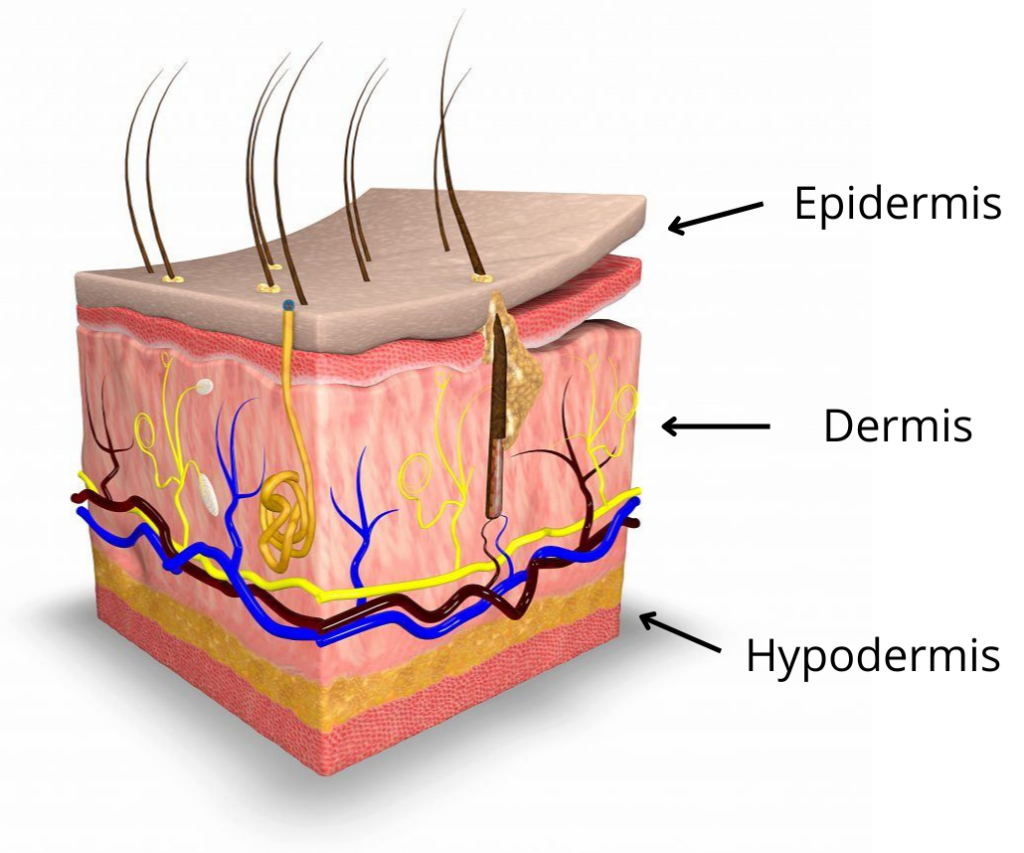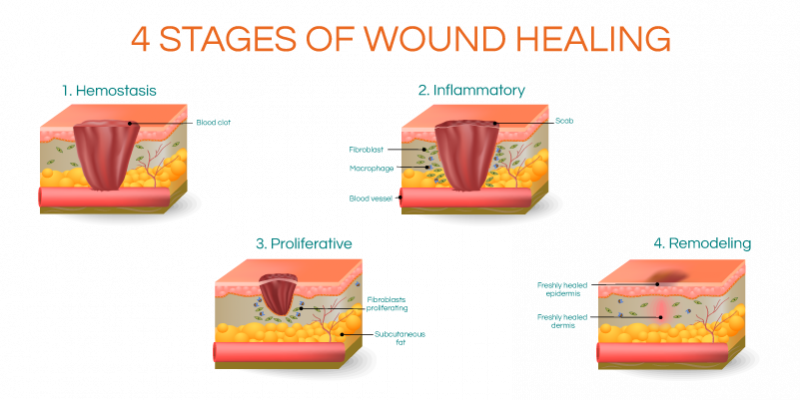
Wound Care
Our clinic specializes in Wound Care. There are several treatment options for these conditions. We will do an assessment and determine which one is best for your situation.

At Unified Health, our clinic specializes in advanced wound care, offering a range of treatment options tailored to each patient’s unique needs. Our expert team conducts thorough assessments to determine the best course of action for conditions such as pressure ulcers, diabetic foot ulcers, and other chronic wounds. With a commitment to personalized care, we strive to promote optimal healing and enhance our patients’ quality of life.

INTRODUCTION
Skin is the largest and most visible organ of the body, comprising up to 15-20% of the total body weight. It receives approximately one-third of the body’s blood supply at a rate of 300 mls/minute.
Normal skin is composed of two layers: epidermis and dermis. Under the dermis lies the subcutaneous tissue (or hypodermis), a layer of loose connective tissue.
Physiology of Wound Healing
There are four phases of normal wound healing. They are:
- Hemostasis
- Inflammatory Phase
- Proliferative Phase (comprised of granulation and epithelialization)
- Maturation Phase (also called reconstruction or remodeling phase)

types of wound healing
Primary
In primary closure, such as with a surgical incision, wound edges are pulled together and approximated with sutures, staples, or adhesive tapes, and healing occurs mainly by connective tissue deposition. Epithelial migration is shortlived and may be completed within 72 hours. Within 24 – 48 hours, epithelial cells migrate from the wound edges in a linear movement along the cut margins of the dermis.
Secondary
In wounds that heal by secondary intention, wound edges are not approximated, and healing occurs by granulation tissue formation and contraction of the wound edges.
Tertiary
Wounds healing by tertiary intention (delayed primary intention). The wound is kept open for several days and the superficial wound edges are then approximated, and the center of the wound heals by granulation tissue formation.
